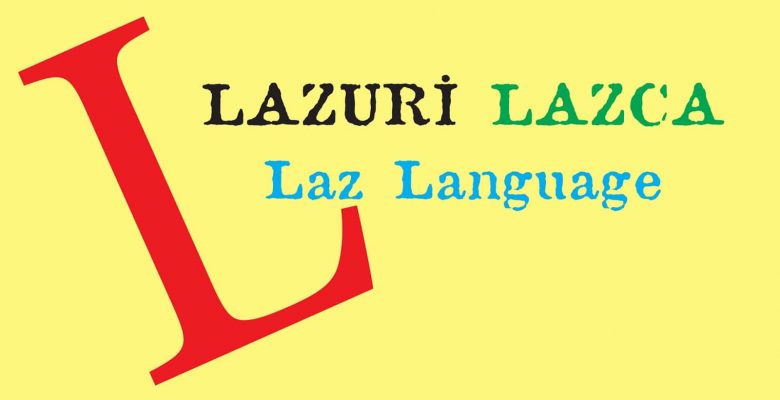Language
The Laz language, known as Lazuri by native speakers, is part of the South Caucasian (or Kartvelian) language family, closely related to Mingrelian, Georgian, and Svan. This language is primarily spoken by the Laz people in Turkey’s northeastern regions along the Black Sea and in southwestern Georgia.
Origins and Classification
The Laz language, or Lazuri, is an endangered South Caucasian language spoken mainly in northeastern Turkey, near the Black Sea, and to a smaller extent in parts of Georgia. Classified within the Kartvelian language family, Laz is closely related to Mingrelian, another regional language, and together they form the Zan branch. Although the two languages share some common features, they are generally considered distinct by linguists
Historical Development
Laz has historically been an oral language, with few written records until recent decades. Though heavily influenced by Turkish in vocabulary, Laz retains distinct grammatical structures rooted in its Kartvelian heritage. Until the 20th century, Laz was rarely written, relying on oral tradition for cultural transmission.
Current Usage and Status
Lazuri has an estimated speaker population of around 30,000 to 50,000, though estimates vary due to the lack of recent surveys. The majority of speakers live in Turkey, especially in the regions of Rize and Artvin, where communities are gradually shifting towards Turkish due to socioeconomic and educational pressures. This decline in everyday use of Lazuri, particularly among younger generations, has raised concerns about its survival
Efforts to revitalize Laz have grown over the past decades, including educational initiatives and cultural projects. For example, since 2012, Turkish public schools in some Laz-speaking areas offer Lazuri as an elective, though there are still challenges due to a shortage of Laz-language teachers. In 2013, the Laz Institute in Istanbul was founded to promote the language and culture through research, community projects, and even literature production in Lazuri. The Institute also collaborates with the Turkish Ministry of Education to develop educational materials for Lazuri classes
Despite these efforts, Laz remains vulnerable, with UNESCO classifying it as endangered. Community attitudes, language policies, and generational transmission all play a role in this decline, as young people increasingly view Turkish as more practical for economic advancement. However, the community’s cultural efforts offer a vital path forward for the language’s preservation and revitalization.


